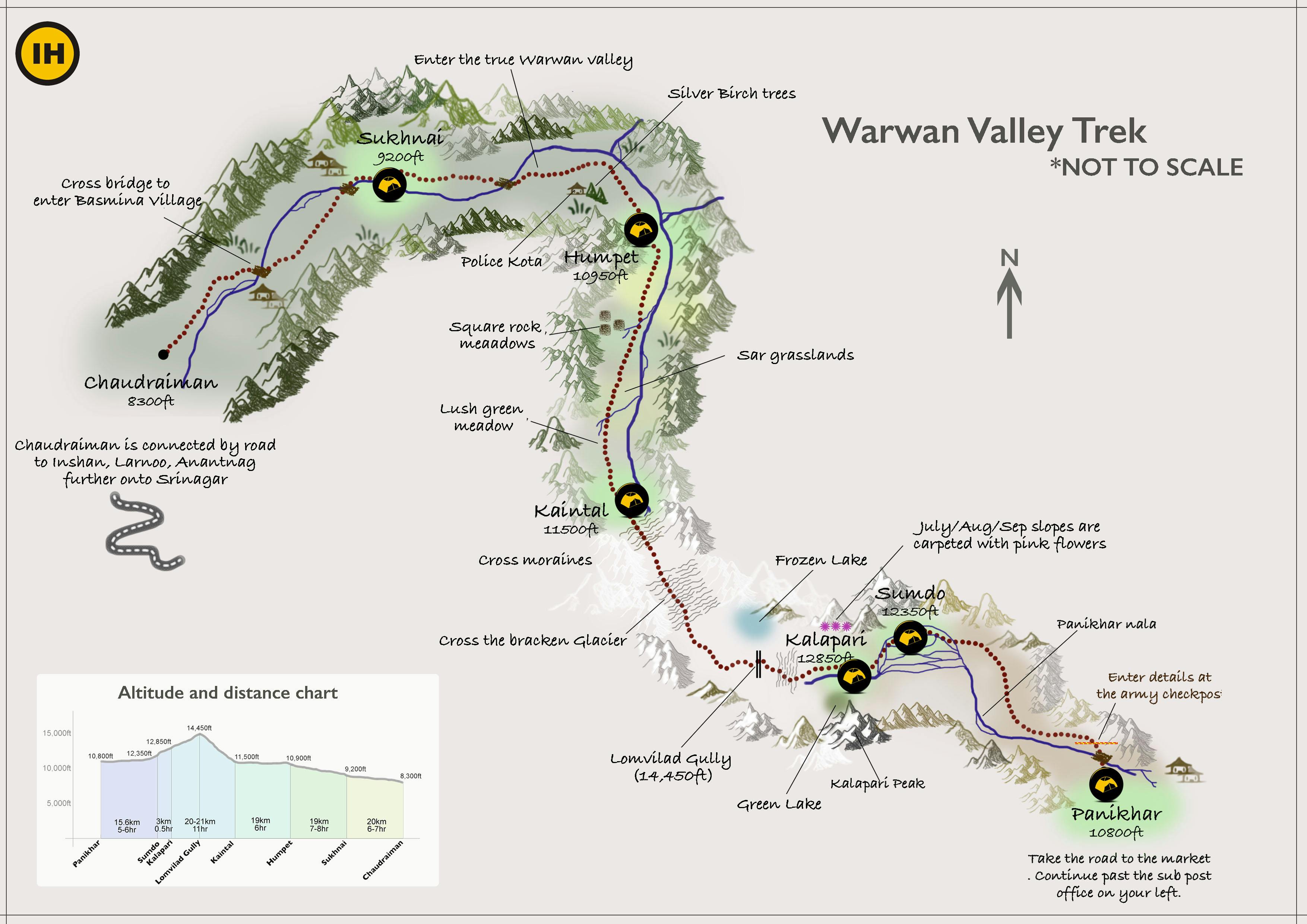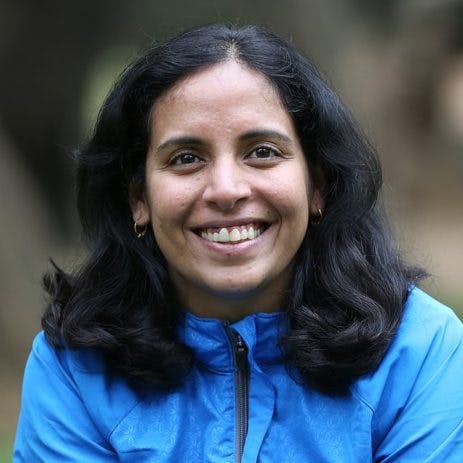How to document a trek
Share this story
Like travel writing, Trek Documentation may also be pursued with a cinematic approach. One needs to vary the focus – like wide angle lens for settings and landscapes, medium ones for context and colour, zoom lens for details and narratives. By varying the pace of the content one can derive the desired results.
However, there are certain points one must keep in mind while writing a Trek Documentation
- Start your write-up with a brief introduction about the trek in not more than 200 to 300 words. You are free to start with a brief anecdote that introduces the general feeling, tone and point of the trek. Mention the history and folklore (if any) related to the trek in not more than 100 to 150 words.
- Proceed towards writing a narrative thread that will link the entire trek chronologically. Here the Documentation is written in third person, using the “guides” voice. ( Use “you will see” instead of “I saw ,we saw, one sees “)
For example: Continue on the trail through the clearing to re-enter the sparse pine and maple forest on its northern edge. A couple of clear streams run through the trail as you step out of the clearing. In winter, they are frozen but in other seasons they present a good opportunity to refill your bottles once more.
We don’t write:
Use the guide voice. Documentation is about showing the trekker the route. Where to turn, where to stop, what are the landmarks, what views to expect. For example:
The man-made trail is covered in a thick undergrowth of grass and shrubs. Wade through it until, 5 minutes later, you get to the last hut on the Kopatty trail. It is a large white hut with magnificent red tiles. To the right is the outhouse of the hut. Take the trail that skirts in front of the outhouse climbing through thick undergrowth. Go past and around an abandoned well to get your first commanding view of the scenery below. It is the view of the Talacauvery region of Coorg.
This section is ideally written in 4000-5000 words along with 35 photographs that best describe the trail and the scenery. Per day trek write up word limit should be 600-700 words minimum.
The Explorer needs to also gather the following information while on the trek:
a. The history of the trek
b. Folklore associated with the trek.
c. Distances between camps and average trekking time.
d. Altitude and Temperature of various camp sites. Can use Garmin handheld GPS device. Record in feet. For temperature simple room temperature thermometer may be used. It is easily available at any chemist.
e. Tent and outside temperature at 6.00 am and 6.00 pm every evening
f. Contact information of local guides, porters, lodges/FRH and transporters. The rates charged by them.
g. Trek diary of your personal experience as recorded on the trek. This can be written with a word limit of 1000 to 2000 words.
h. Audio capture of your thoughts on your trek (can use a mobile or MP3 player). You can use audio editing software like Audacity. Minimum of 2 podcast per day is required.
i. Video capture of camps, scenery needs to be done in capsules of 2-3 minutes with voice over commentary. Video without voiceover is not accepted.
The Explorer can refer to the “Trek data collection form” to gather the relevant trail information on a daily basis. The document may be downloaded by clicking here.
Other guidelines:
- Do not make any paragraph more than 4-6 sentences long. Stick to one idea per paragraph. Example of an idea per paragraph is: (a)Description of base camp is one paragraph
- Avoid complex sentences or unfamiliar words. Sentences cannot be more than 15 words long.
- Use the guide voice. Documentation is about showing the trekker the route. Where to turn, where to stop, what are the landmarks, what views to expect.
- The trek documentation needs to be submitted within 14 days of completion of the trek. Extension can be granted only on special request.
- Text and photographs submitted for the documentation project becomes the property of Indiahikes. However, all photo and content credits will be given to the author.
Other criteria:
- The Explorer’s role requires you to either go on a trek solo or lead a small team of like-minded explorers.
- You are free to explore any trail that is not already documented on the Indiahikes website. You must get approval of the trek you plan to document before undergoing the journey.
Take a look at this documentation to get an idea of how to go about it.
Sign up for our much loved Weekly Mailer
We have terrific trekking tips, trek updates and trek talks to look forward to

